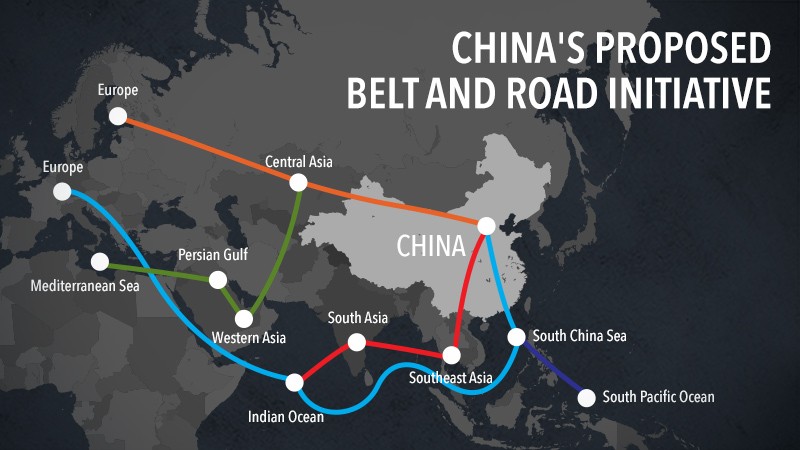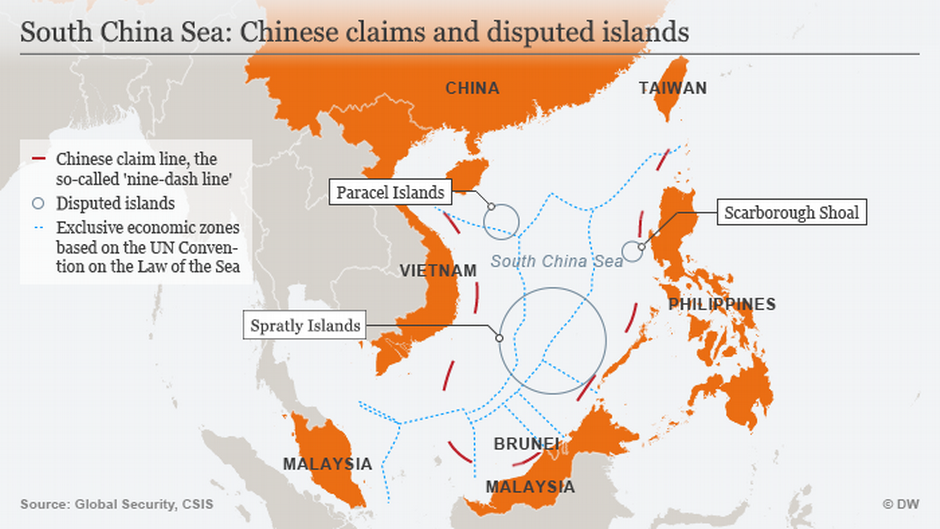
(originally published: 2021/05/24)
This small article is a critique on a study done by Jason Tower titled "Conflict Dynamics and the Belt and Road Initiatives." If you want to read the study for yourself, it can be found on this link.
The objectives of the study are: (1) to understand the relationship between the Belt and Road Initiative and conflict dynamics, particularly in the target regions, and (2) to develop suggestions to potentially respond to these risks and opportunities.
The author has explained clearly the BRI and its historical roots. Further, he states that “since 2016, China has further emphasized the platform as one that is open, “to which anyone can contribute” What does this mean? To better understand deeply the BRI and the conflict dynamics, it will also be good to look into the operationalization of the BRI plan involving a staggering budget of more than US$ 4 trillion. The BRI project impacts on two thirds of the world population and third of the world’s GDP. This investment initiative in mainly infrastructure development provided opportunities and risks for governments of the 136 (so far) countries that are participating to develop their belt and road networks. Opportunity for investors in the infusion of capital and investment in a developing country but a greater risk for a country that signs an unequal or onerous MOU.
Thus, a deeper analysis of the MOUs is important since conditions set in each MOU can define whether there is an equal or unequal agreement. The study of the BRI plan, the MOUs/agreements and their conditionalities is critical to show whether there is a just and fair management and implementation of a BRI project in a given country. The rights based-approach of participation, accountability, transparency, human dignity, empowerment and the rule of law can be applied in assessing the BRI plans and operations. The identified strengths and gaps/weakness of the BRI plan and operation can help in the development of future MOUs to be entered into by other countries with China and shape their participation in the BRI. This will help avoid or minimize conflict.
If possible, a closer look at the implementing rules and regulations of the BRI project in a country can also help find ways to mitigate conflict because a correct assessment can lead to actions that could incorporate any necessary measures to avoid, if not, minimize conflict. In any case, complaint mechanisms should be incorporated in the BRI.

A paragraph in the major findings reads, “… in some cases, the leading driver of conflict tends to be the lack of information and transparency around project details.”
Stating the drivers of conflict this way will put the burden on NGOs and the communities, as distinct from local corporations and government, to learn and study China, when in fact they are the ones that would be ultimately affected or even dislocated and impoverished by any inappropriate or poorly chosen BRI project that benefit only a few in the country. To “put forward more information about BRI projects and plans to be made available in order to provide basis for engagement on the BRI issues” will not address conflicts in the areas where BRI projects are to be implemented, although it could increase awareness and capacity of the BftW partners on the BRI.
I believe the driver of conflict is China’s economic and political ambition to be a power to reckon with in the global arena and its bilateral partnership with countries around the world. Both the Chinese and the host governments, along with private interests or state-owned enterprises (SOEs), have almost complete disregard of the internal dynamics and processes within countries as demonstrated in the three examples cited (Mynmar, Kyrgistan and Pakistan). This has caused increasing numbers of intra-state conflicts and asymmetric wars (between states and militias) in BRI project areas inextricably linked to the justifiable grievances of the people. I believe that is the basic reason why the BRI is said to be “conflict blind.”
Note that any foreign economic initiative like the BRI when applied to the Philippines, a poor or developing country, without changes in the local socio-economic and political conditions and power imbalances among social classes, will not result in a better life for the ordinary Filipino, no matter the lofty goals of such a plan. In the end, only the Chinese state and private companies, the local elites and their cohorts in the national or local bureaucracy who collaborate with their economic enterprises, will benefit. Worse, such an “initiative” will reinforce and aggravate these conditions. If China remains “blind” to this, it will be a party to the continued oppression of the vast majority of the Filipinos, notwithstanding that it was once a champion and supporter of anti-imperialist and national liberation struggles in the Philippines and other parts of the world.
Many countries hard hit by the pandemic and trying to find ways to crawl out of a severe economic decline, like the Philippines, could be expected to sign up to more BRI-linked MOUs with China --- which is now, ironically, one of the least affected by COVID-19 despite being the original epicenter and source of the coronavirus. (The Philippines, like Germany, has more than three times the number of total cases than China.) The Chinese state-own and private companies could be expected to be more aggressive in pushing for the BRI and its associated projects, which it might bill as a regional or even a global economic recovery mechanism or stimulus.
Just as it has cited the ancient historical basis for trade on the Silk Road, China has also cited its so-called historical basis for its claims to nearly all of the South China Sea. China will use these claims to justify or rationalize its militarization and island-building of this “Road” in the BRI, saying such a move was necessary to ensure the safe and free passage of trading ships, commerce and travel with Chinese forces serving as “guards” in the disputed waters. The BRI could thus be used to reinforce this militarization of the South China Sea.
The BRI is formally an economic initiative by China triggered by its own domestic dynamics as well as its growing need to play a more visible, substantial and significant role on the global stage --- first in the economic realm and later in geopolitics. We can see this now, especially in Asia. It is doing so as a single-party capitalist state where private and government interests are closely intertwined and dependent on each other.
The research does not categorically state what the end goal of the “China dream” is. It is obvious, however, that it is to become a bigger power to challenge or even overturn the global political economic arrangements currently dominated by the United States. In short, it wants to assert its hegemony. This is the key motivation for the BRI. It would be naive to believe China intends only to become an economic powerhouse without being a political and military power as well.
By: Aurea G. Miclat-Teves
Peoples Development Institute (PDI)
October 2020
